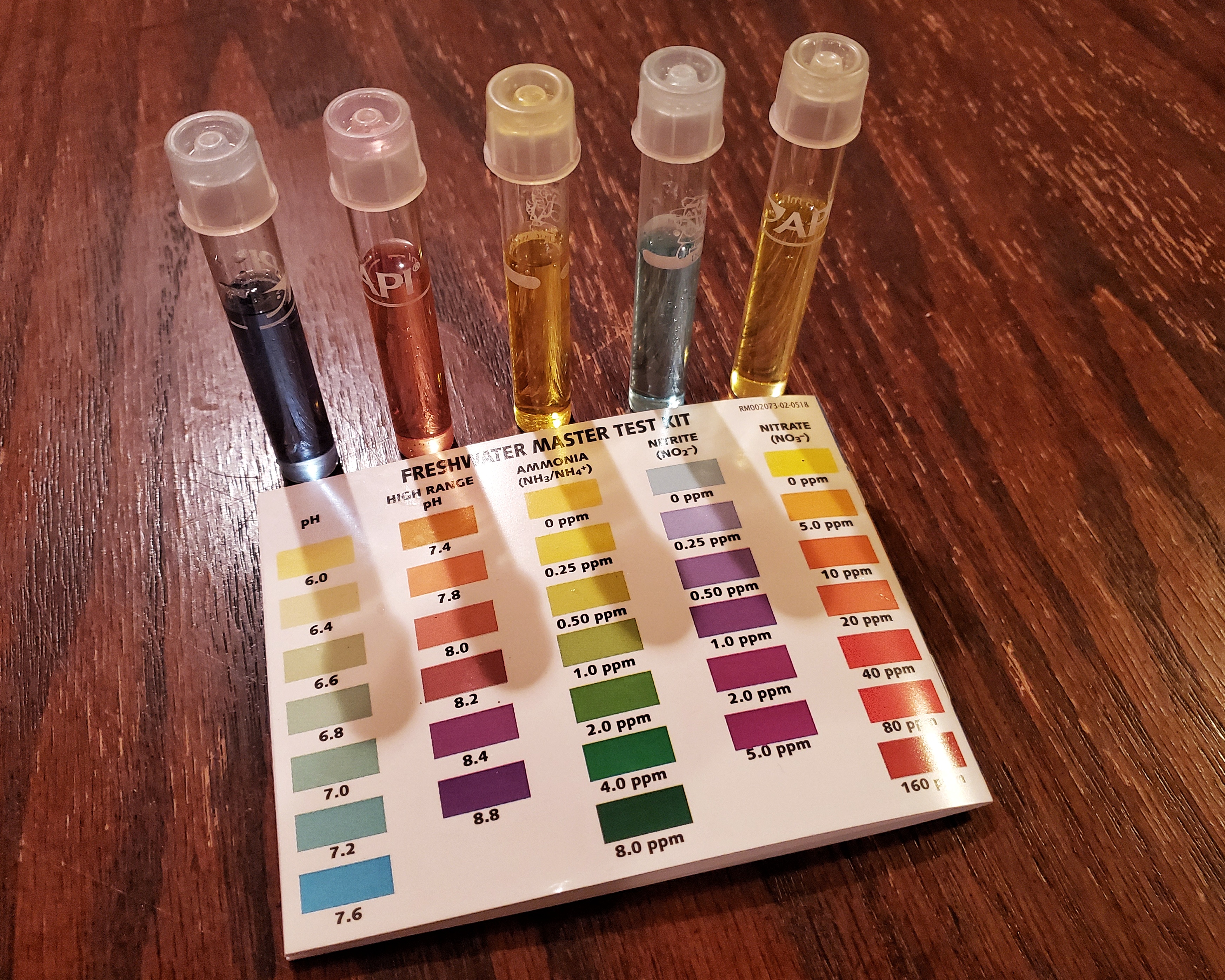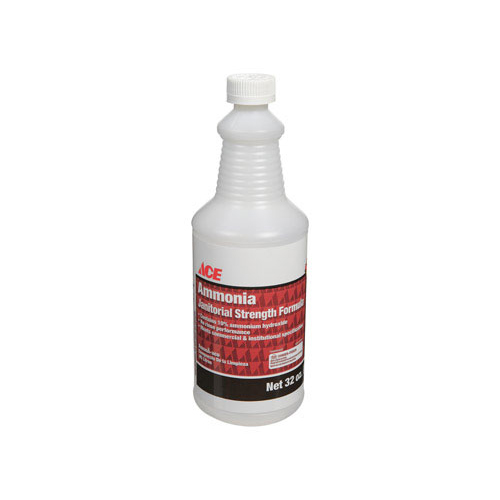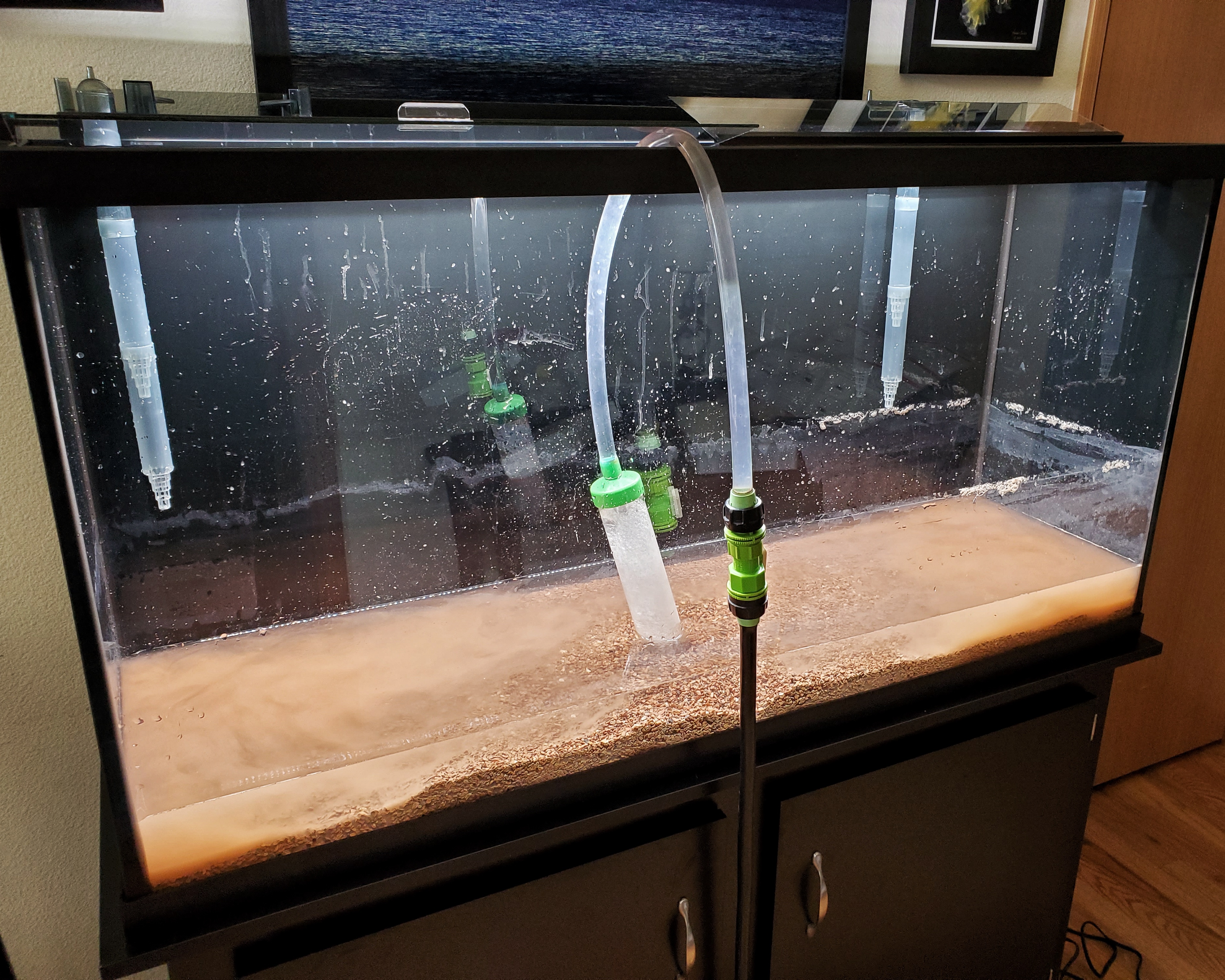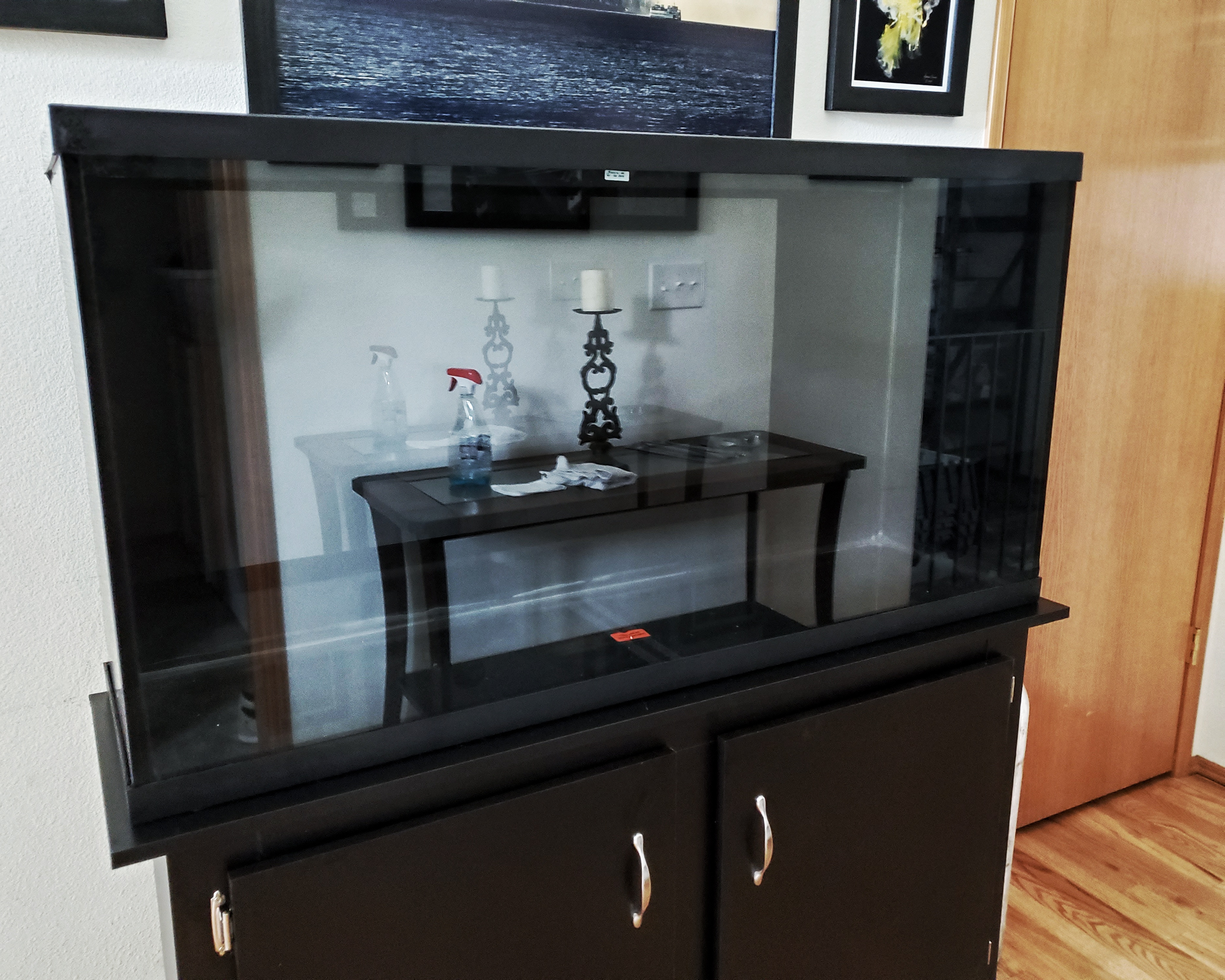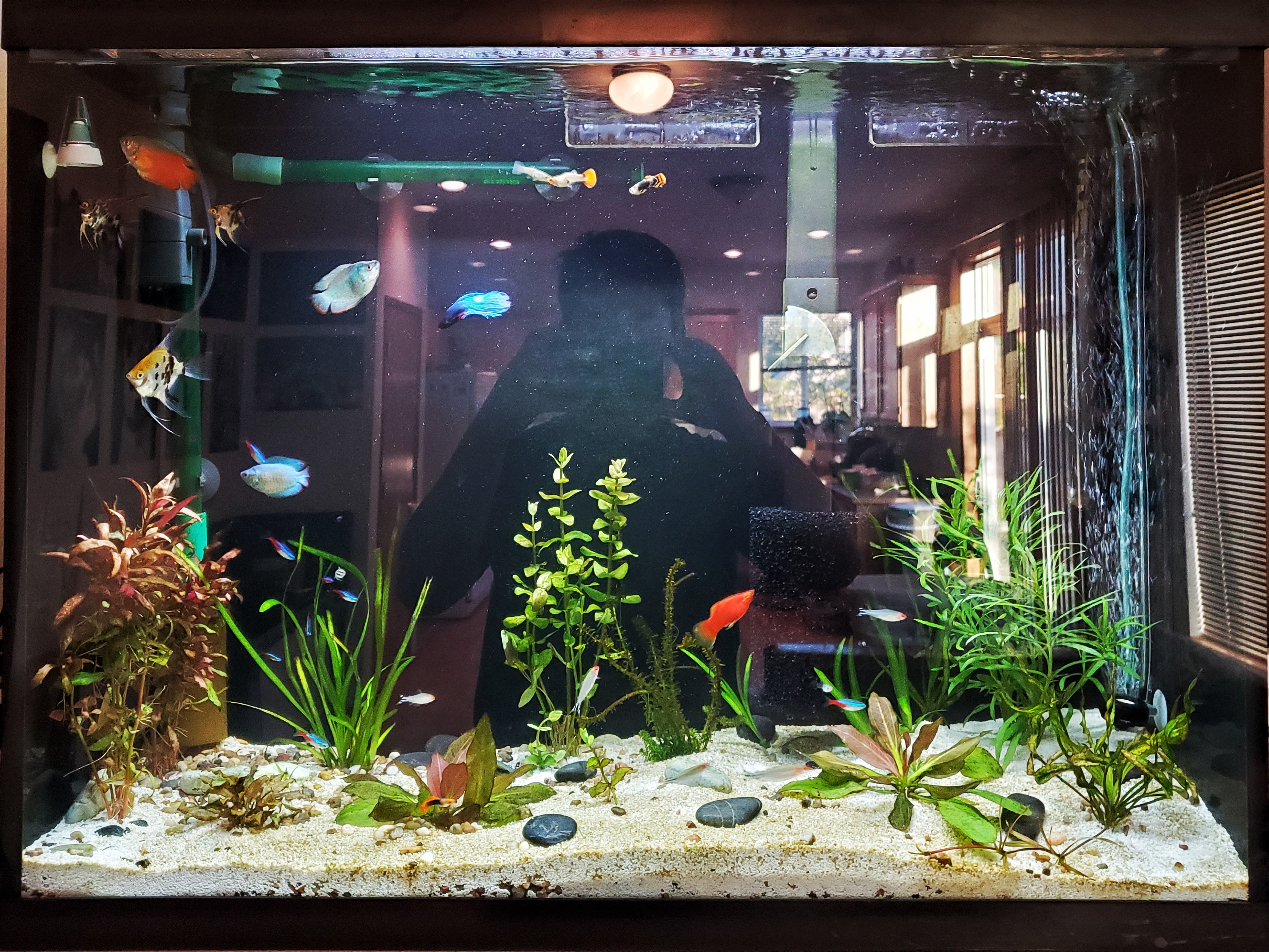Finally got some critical parts needed for the tank. First, we'll start off with the foundation of the entire system. I selected Seachem Flourite as the substrate of choice for the soon to be planted aquarium. There were a few colors that were particularly interesting, for example, Flourite Black, Flourite Dark, Onyx, and Gray Coast. I ended up sticking with the regular Flourite for that natural look I was after. The red, grey, and black tones would compliment the lush green Vallisneria I was planning to use.
For filtration, I selected dual AquaClear 70 hang on back filters. Running multiple tanks made me want to standardize parts that I could use between the various systems in production. The Aqua Clear 70 filters fit perfectly in a Marineland Emporer 400 filter. I plan on taking an established filter used in the Emporer 400 and transplanting it into one of the AquaClear 70's to help speed up the tank cycling process. The extension tubes are a little short so I have two more on order to lower the intake strainers deeper into the aquarium.
Rinsing Seachem Flourite is a pain putting it nicely. The final result will be well worth it, however, it's not for the faint of heart. I kid you not, I rinsed the Flourite at least 7 times before giving up.
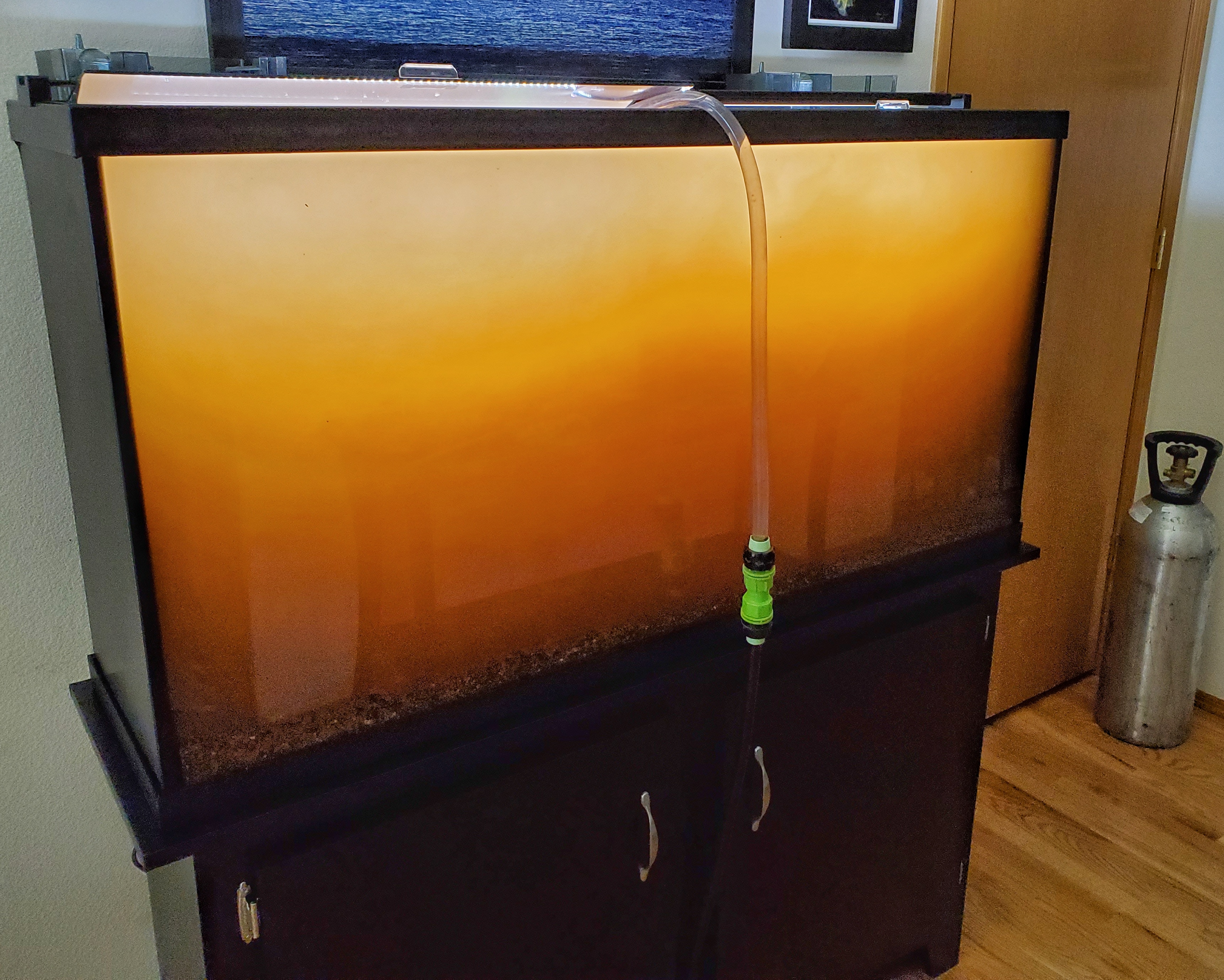
Now that the tank is filled all we can do is wait.
Seattle, WA.

